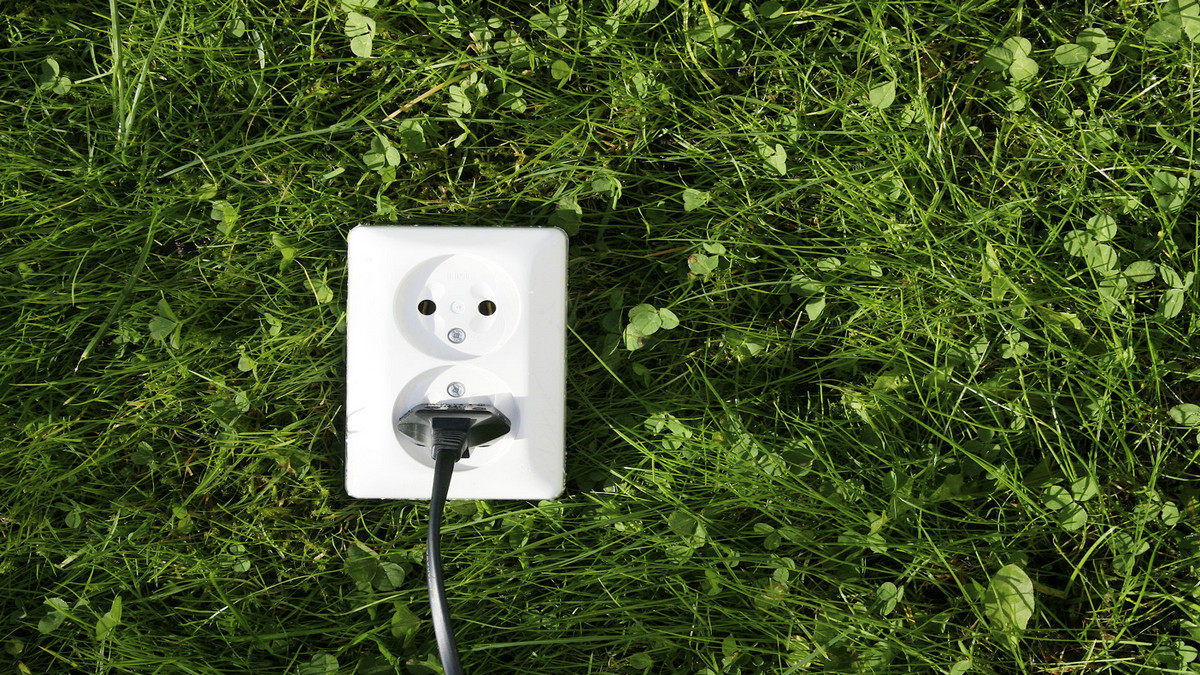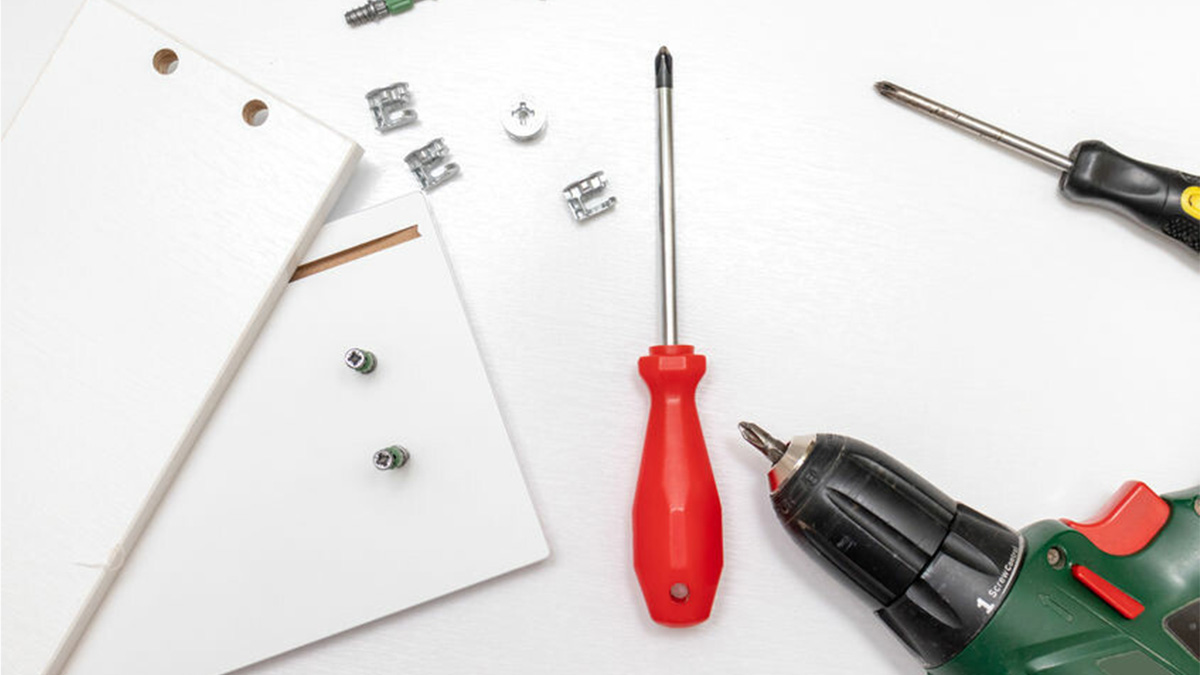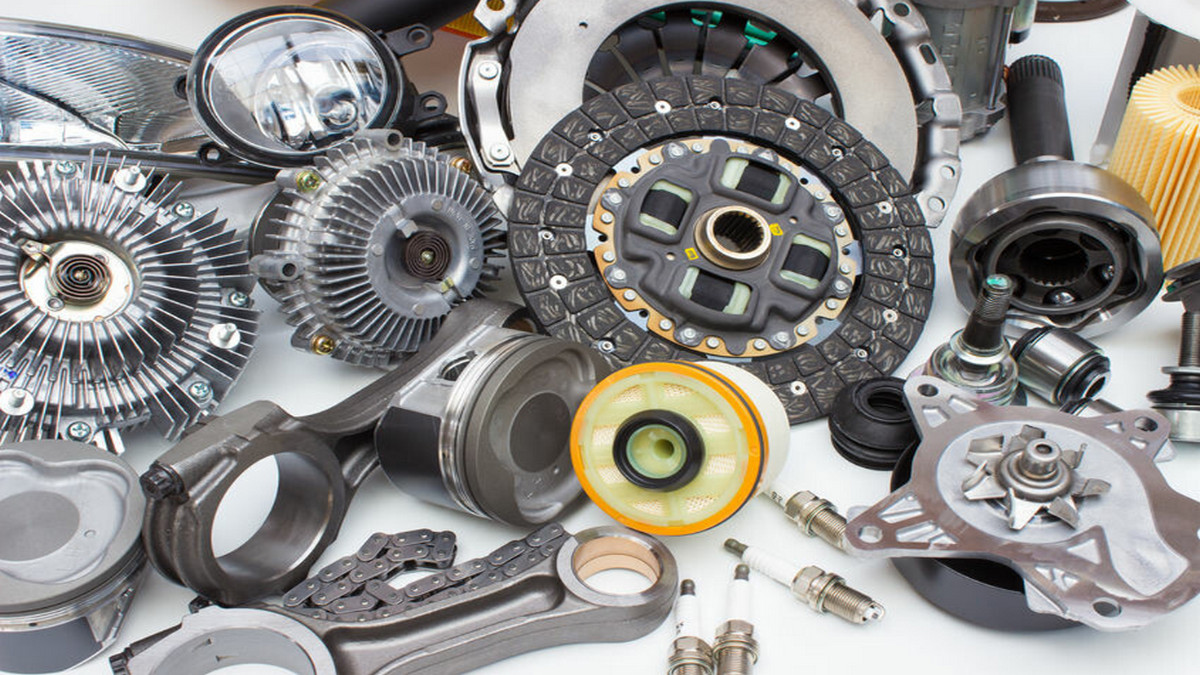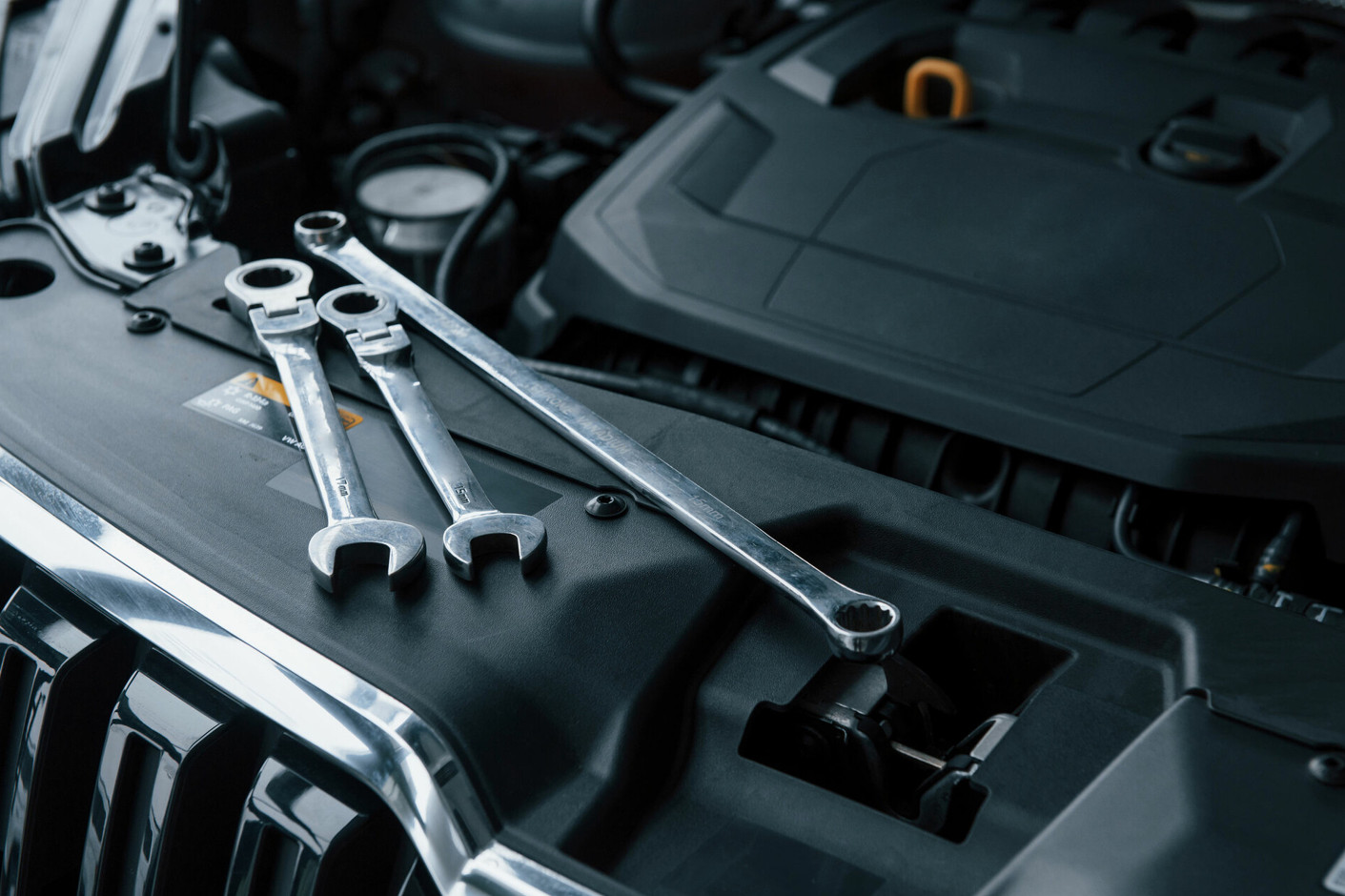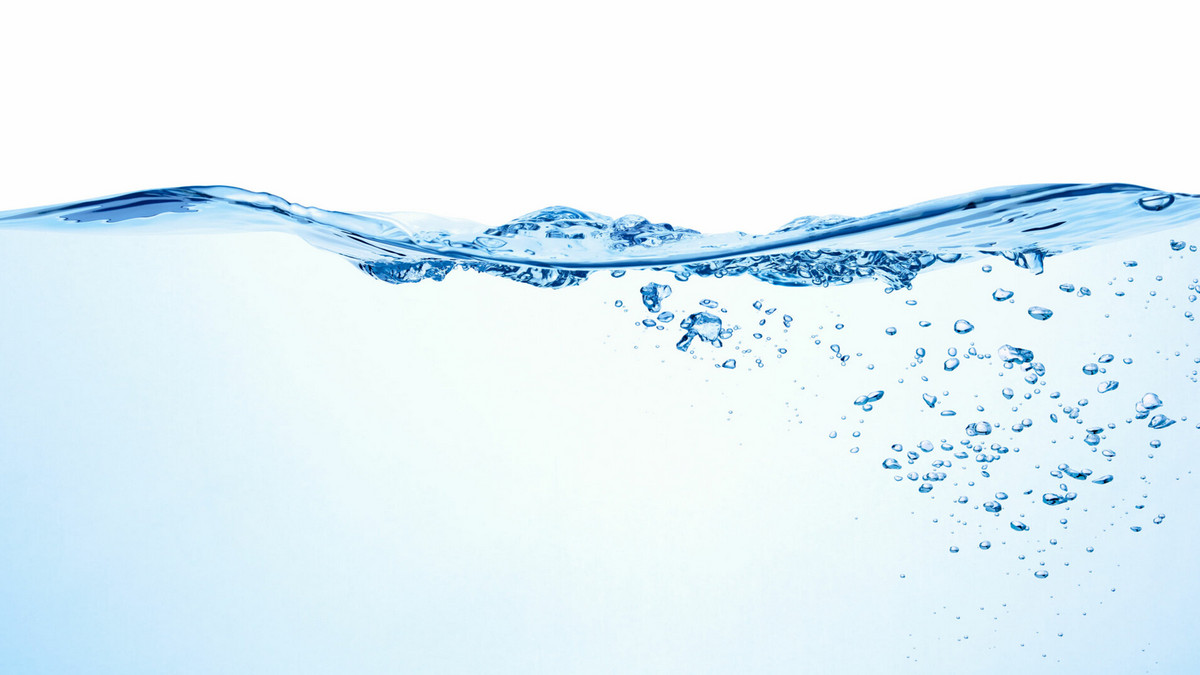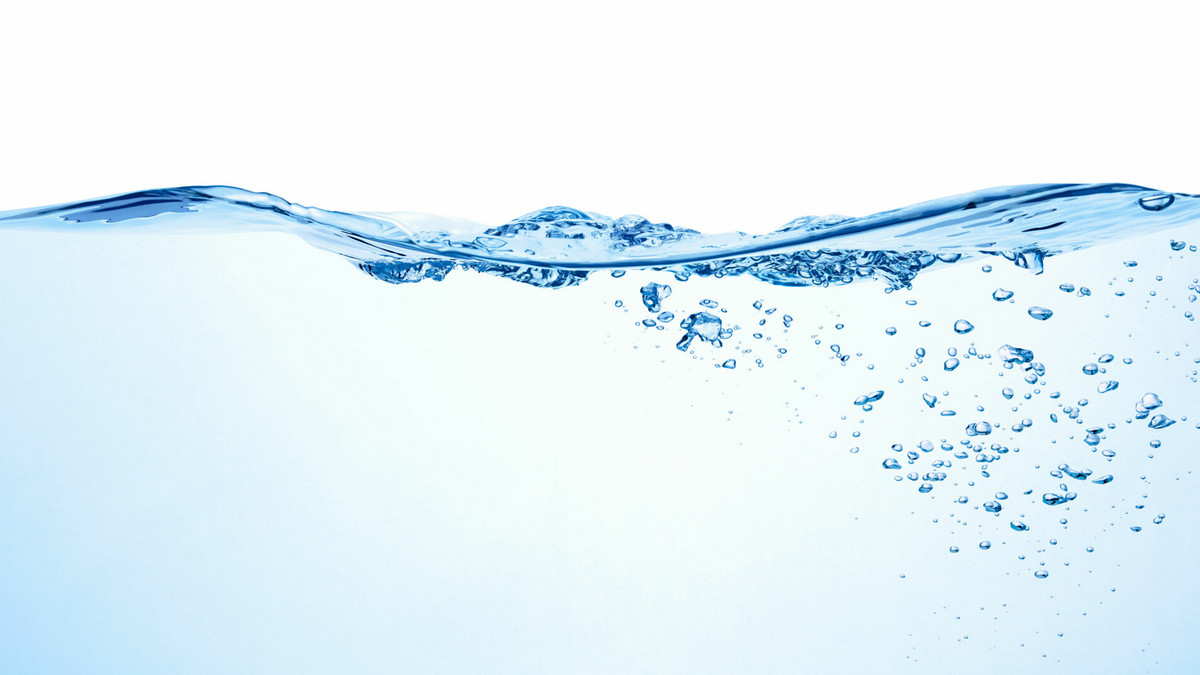Many people do not know about switching power supply and have always thought that is similar to a linear power supply. Actually, there is difference. The following will explain the principles of basic regarding switching power supplies. Learn with us now!
Industrial power supply is mainly used in different difficult environments that require long-term, large power supply. Because in various industrial or industrial automation production processes, the power supply is the most basic production component that requires high stability and safety protection. Therefore, the requirements for the quality and stability of the product itself are naturally different from the power supply of general computers or other equipment also makes the price of industrial power supply much higher than that of general power supply, but it is still accepted and used by the market.
The main purpose of the switching power supply is to convert the high-voltage, low-stability AC power provided by the power company into various industries, such as in computers, office automation equipment, industrial control equipment, communication equipment, etc. and has been widely used by the market.
What Is a Switching Power Supply?
The often-heard "Switch Mode Power Supply" actually refers to "Switching Power Supply". Mainly through different forms, the power is converted into the required voltage and current. Its input power supply can be divided into 2 types: AC (for example: mains), DC power (for example: car charger).
The switching power supply is mainly controlled by pulse amplitude modulation. By switching between the saturation region and the cut-off region, the power is stored and converted through the magnetic element. Therefore, in terms of power supply, the electrical characteristics are good; and in terms of size and weight, it is lighter than linear power supplies, and it is a power supply that is very suitable for carrying around.
Check out the following for the differences between switching power supply and linear power supply:
Switching Power Supply
Efficiency: high
Stability: medium
Hold time: about 16ms
Circuit design: complex
Weight and volume: small and light
Linear Power Supply
Efficiency: low
Stability: high
Hold time: about 1ms
Circuit Design: simple
Weight and volume: large and heavy
Where are Switching Power Supplies Used?
Switching power supplies are currently widely used in the SMPS application market. Roughly speaking, it can be divided into 6 major groups:
1. Computer industry: notebook and peripheral equipment
2. Communication industry: network, data, communication equipment
3. Consumer electronics: consumer electronics, such as mobile phones
4. Industrial and testing instruments: medical and industrial related equipment, etc.
5. Military, aerospace industry: update old equipment and equipment
6. Other related industries: outdoor lighting equipment, car chargers
The Development Trend and Current Situation of Switching Power Supply
In recent years, power supplies have benefited from the increase in applications in e-sports products, automotive electronics, Internet of Things, industrial automation and other fields... They are three categories of power supply and components, automation, and infrastructure, and manufacturers from Taiwan are the leading manufacturers in the global switching power supply.
At present, the switching power supply (SMPS) produced in Taiwan is mainly used in communication products, computers and related equipment. With the development of Taiwan's information industry, the output of switching power supplies has also jumped to the first place in the world. In terms of raw materials, it can be divided into: IC, semiconductor, magnetic components, capacitors, other types of electronic components, chassis and printed circuit boards.
In terms of IC and power semiconductors, most of them are supplied by the United States and Japan. Other raw materials can be made in Taiwan; and with downstream PC, electronics, communications and other industries, it brings a wide range of business opportunities and applications for switching power supplies. With the continuous expansion of this field, users have higher and higher requirements for portability. Therefore, by continuously reducing the size of the switching power supply, it has been developed into a major direction, and its product value and competitiveness have been improved.


